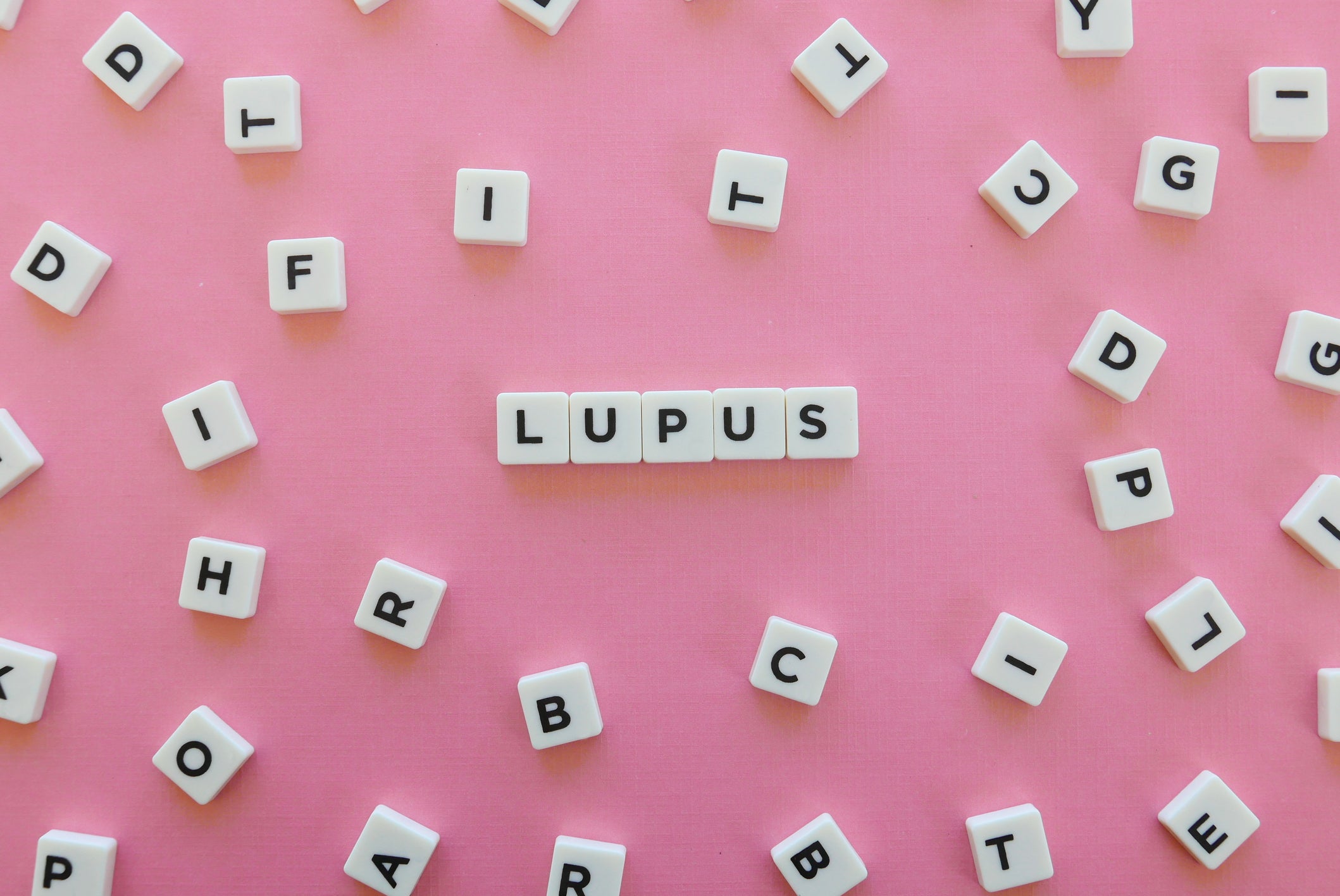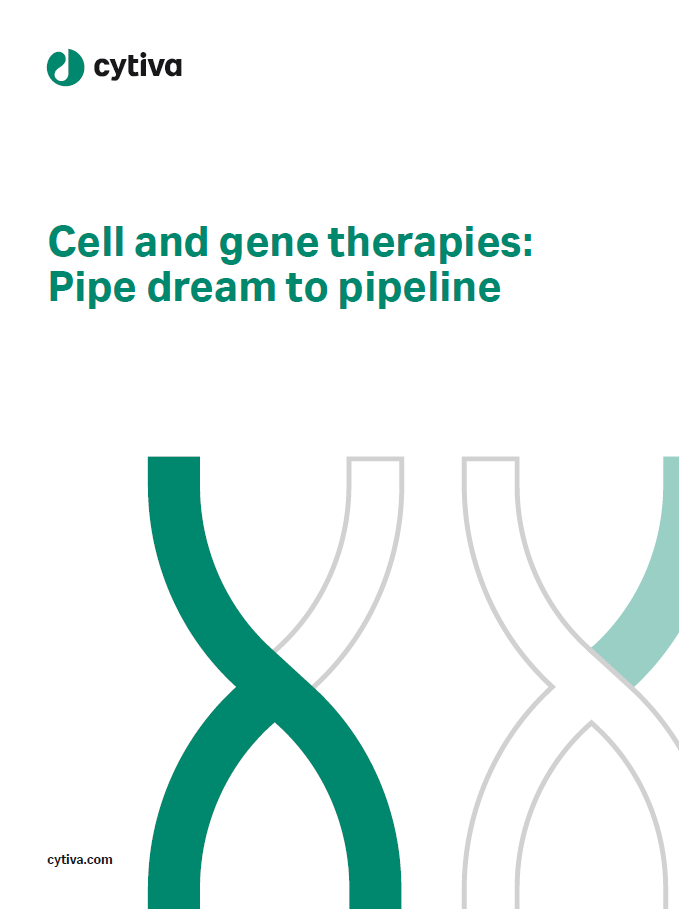

In a field dominated by antibodies and small molecules, two cell-therapy based approaches have come under the spotlight for showing early signs of efficacy in treating lupus.
In September, a group from Friedrich Alexander University Erlangen-Nuremberg reported that five patients with lupus achieved remission after an infusion of autologous chimeric antigen receptor (CAR)-T cells led to a deep depletion of B cells. All five patients achieved remission after three months.
A few months earlier, a Phase I study out of the the Medical University of South Carolina reported five out of six patients with lupus achieved responses as per the Systemic Lupus Erythematosus Responder Index (SRI), after receiving an infusion of mesenchymal stromal cells (MSCs). The Phase I signal prompted the start of the multicenter placebo-controlled Phase II MiSLE study, funded by the Lupus Foundation and the US National Institutes of Health. Dr. Gary Gilkeson, the trial’s principal investigator, says the study is two-thirds of the way to finishing enrollment and should complete within the next 12 months.
Such developments, including a 2021 approval of AstraZeneca’s Saphnelo (anifrolumab), prompted The Lancet Rheumatology to posit that 2022 could be a “banner year” for the condition.
MSCs and CAR-Ts for lupus
In August 2021, Saphnelo, a type 1 interferon receptor antibody, became the first lupus treatment to be approved since GSK’s Benlyta (belimumab) won a regulatory nod in 2011. As per AstraZeneca‘s recent Q3 earnings, Saphnelo has yielded $69 million to date this year.
In lupus, the body’s immune system starts to attack its own cells. Patients experience flares or periods when their illness is at its peak and available treatments are designed to keep patients in remission for as long as possible. Saphnelo is also being studied in a Phase III trial in lupus nephritis, where a person’s immune system targets the kidneys, eventually leading to kidney failure.
Several other investigational therapies are expected to have material updates in 2023. Swedish Orphan Bio’s Phase II/III study for systemic lupus erythematosus, the most common form of lupus, with its own IFN-gamma inhibitor is expected to read out in H1 next year. Eli Lilly is studying a T-cell inducing IL-2 conjugate in collaboration with Nektar Therapeutics in a Phase II study with results expected around the same time.
Apart from the monoclonal antibodies and small molecules, researchers have long held an interest in exploring cell therapies for autoimmune conditions. However, disease heterogeneity has limited the field’s understanding of lupus, and the regulatory requirements for manufacturing and developing cell therapies have proven to be a hurdle.
“[The] main the main issue is that there aren’t that many sites in the US where MSCs can be produced in sufficient quantities in FDA-certified labs,” says Gilkeson. There are only a handful of institutions that are able to make these cells, and getting regulatory support for this is also a challenge, he adds. Manufacturing cell therapies at academic institutions has been an uphill task in the US, while the funding and regulatory environment in other countries like China has bloomed. The idea for the Phase I MSC study also came from a similar trial conducted in Nanjing, China that had encouraging results.
MUSC is now working with two biotech companies to further develop MSCs to treat lupus, but Gilkeson says industry support for MSCs has been a hurdle since the modality has not been patented.
CAR-T therapies have been particularly successful in treating certain types of leukemia, and are also making progress in other hematological malignancies. The CAR-T therapies for conditions like lupus continue to look promising, but their safety is a concern, says Gilkeson. In order to receive CAR-Ts, patients need to undergo a procedure called lymphodepletion, which can make their immune system susceptible to infections. Gilkeson viewed the CAR-T approach as a potential option for patients once they have exhausted other treatments in order to have a suitable risk benefit profile. In the five-patient report, mild cytokine release syndrome, a common side effect with CAR-Ts was observed, but the treatment was considered well tolerated.
The Phase I study indicated that MSCs are safe and hence could be used upfront, said Gilkeson. There were no Grade 3 or higher adverse events reported in the study, and the most common lower Grade side effects were possible nausea, tachycardia, and flushing. MSCs would also be less costly compared to some of the biologics like Saphnelo or Benlysta. Still, both types of cell therapies are not really comparable right now, other than that they are promising and warrant further investigation, he says.
The MUSC study included patients of different ethnicities; two Hispanic, two Black and three Caucasian participants. This remains key, as lupus affects people of certain races and genders like African American women, disproportionately.
The tide is turning and new things are coming down the pike, says Gilkeson. “A lot of it has to do with basic research being done in key factors in the development of lupus and the hope is to have a personalised therapy for the key pathway in a particular individual in the future.”
Cell & Gene Therapy coverage on Clinical Trials Arena is supported by Cytiva. Editorial content is independently produced and follows the highest standards of journalistic integrity. Topic sponsors are not involved in the creation of editorial content.


